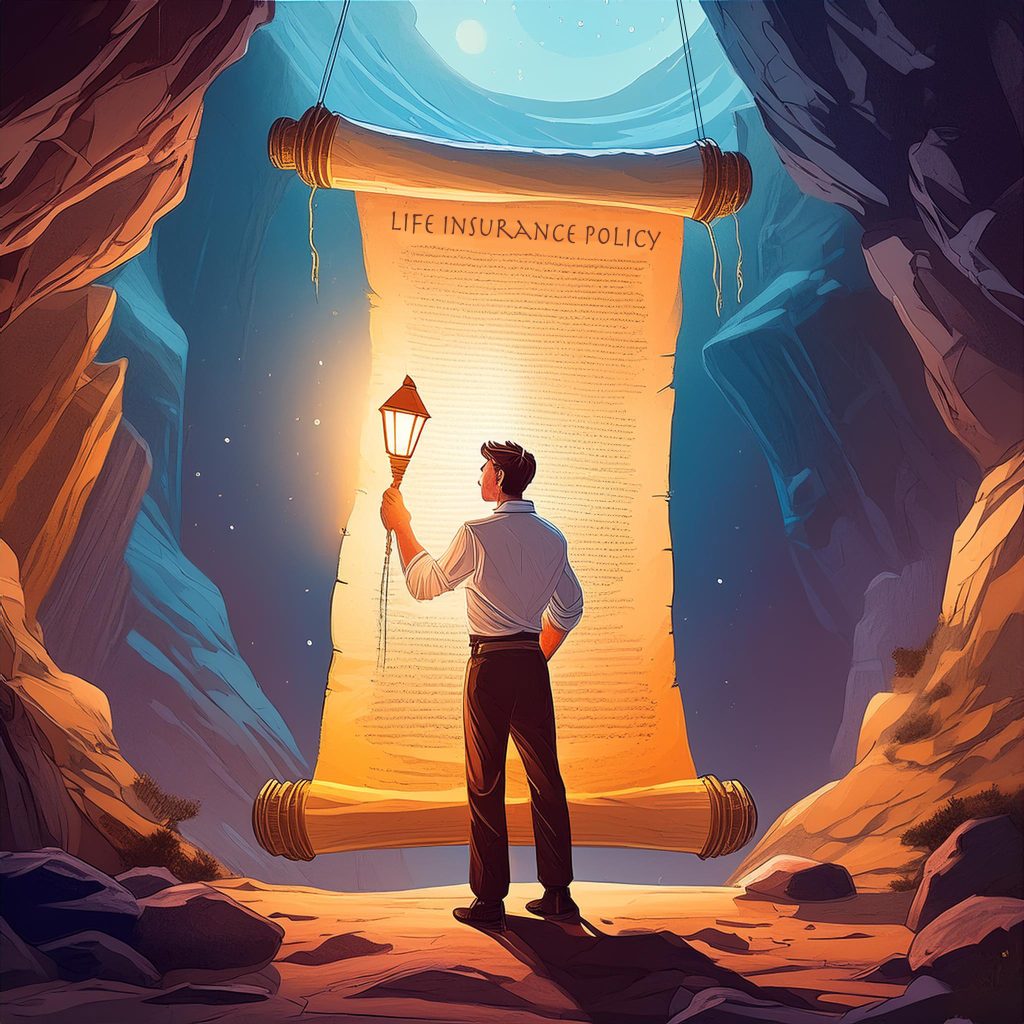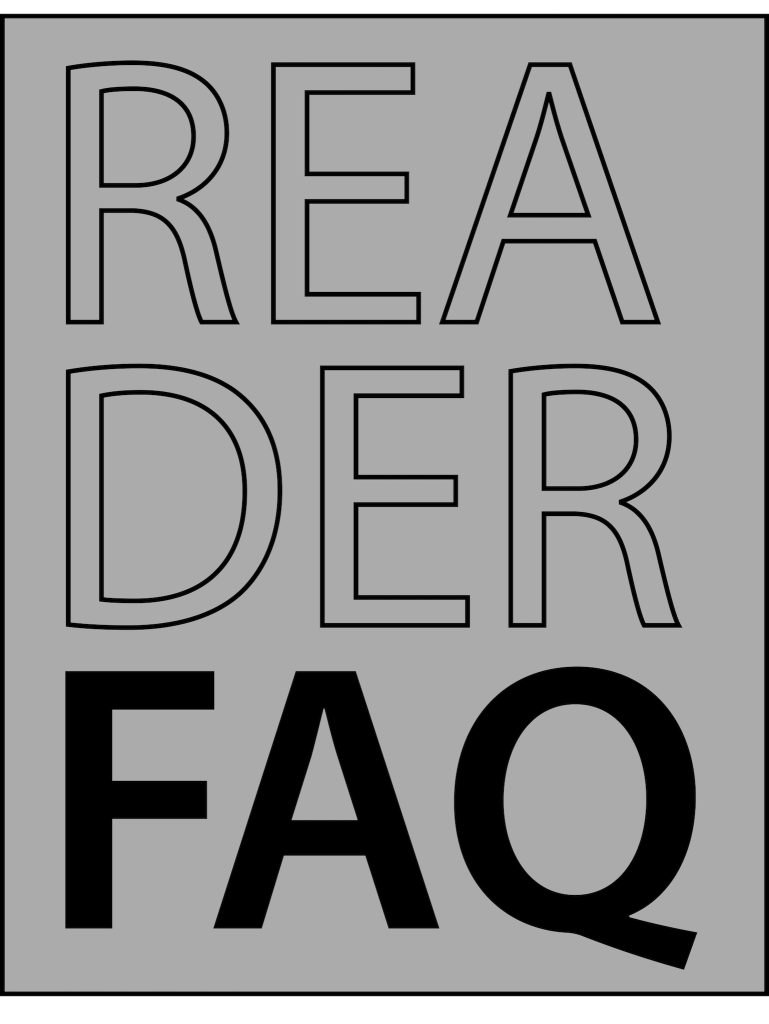Reflecting on conversations I’ve had with clients around life insurance as a tool to hedge against financial risk, I recall a particular discussion with a PEO employee around life insurance myths and misconceptions:
“As I get older, I can’t help but think about safeguarding my family’s future. So, life insurance has been on my mind lately. With a spouse and young kids relying on my income, the thought of leaving them financially vulnerable worries me. For years, I brushed off the idea of life insurance. I told myself that it was an unnecessary expense, or that my employer-provided coverage would be enough. But after really researching the subject, now I realize how important life insurance is to my overall financial planning.”
Life insurance is a vital component of financial planning, yet it is surrounded by numerous myths and misconceptions. These can dissuade people from obtaining necessary coverage, potentially leaving their loved ones financially vulnerable. Here’s a comprehensive look at some of the most common life insurance myths and the truths that dispel them.

Myth 1: Employer-Provided Life Insurance Is Sufficient
While life insurance through your employer is a valuable benefit, it often provides only basic coverage, which may not be sufficient to meet your needs. Employer-sponsored life insurance typically offers a limited death benefit, and this coverage may be lost if you change jobs. Supplementing employer-provided insurance with a personal policy can ensure comprehensive protection for your family.
Should I ever change jobs or face unexpected circumstances, the employer coverage could disappear, leaving my loved ones in a precarious position. That’s why supplementing the employer policy with a personal life insurance policy should be a top priority for some people.
Myth 2: You Don’t Need Life Insurance if You are Young and Healthy
Securing life insurance while you are young and healthy can be advantageous because premiums are generally lower. Waiting until you are older or have health issues can result in higher costs and potential difficulties in getting coverage. Young individuals may also have co-signed loans or other debts that life insurance can help cover in the event of a sudden death.
The key is to shop around, compare quotes from different providers, and consider the long-term benefits of securing coverage now rather than waiting until later in life when health issues or age-related factors could drive up the costs.
Myth 3: Life Insurance Is Too Expensive
Many people overestimate the cost of life insurance. In reality, there are affordable options available, particularly for term life insurance. The cost varies based on several factors, including age, health, and coverage amount, but shopping around and comparing quotes can help find a policy that fits your budget. Term life insurance, in particular, is often much cheaper than people expect.
Myth 4: Stay-at-Home Parents Don’t Need Life Insurance
Stay-at-home parents provide invaluable services that would be costly to replace, such as childcare and household management. Life insurance for a stay-at-home parent can cover the expenses associated with these services, providing financial stability for the surviving family members.
Myth 5: You Can’t Get Life Insurance if You Have Preexisting Health Conditions
While preexisting health conditions can affect premiums, they do not necessarily disqualify you from obtaining life insurance. Many insurers offer policies designed for individuals with health issues, though the coverage terms and costs may vary. It is important to compare different providers and policies to find the best option for your situation.
Myth 6: Only Breadwinners Need Life Insurance
Even if you are not the primary breadwinner, your contributions to the household have significant financial value. Life insurance can help cover the costs associated with the loss of these contributions. The loss of their income, contributions, and caregiving role would be devastating, both emotionally and financially. A life insurance policy for my spouse would ensure that our children’s future is secured, and our family can weather such a storm without the added burden of financial hardship.
Myth 7: Life Insurance Is a Budget-Buster
Life insurance can be affordable, especially if you opt for term life insurance, which is typically less expensive than permanent policies. Additionally, many insurers offer flexible payment options and discounts, making it easier to fit life insurance into your budget. Comparing quotes from different providers can also help you find the most cost-effective policy.
Myth 8: Life Insurance Is Too Complicated to Understand
While life insurance can seem complex due to the variety of policies and options available, the insurance is manageable with the right guidance. Insurance agents can help explain the diverse types of policies and their benefits, ensuring you make an informed decision. Taking the time to research and understand your options can demystify the process and help you choose the best coverage for your needs.
Conclusion
Understanding the realities of life insurance can help you protect your financial future and provide peace of mind for you and your loved ones. By debunking common myths, you can approach life insurance with the knowledge and confidence needed to secure the right coverage. Whether you are young and healthy, have preexisting conditions, or are considering coverage for a stay-at-home parent, there are options available to meet your needs and budget.
A Professional Employer Organization (PEO) has the ability to secure affordable and customizable life insurance options through its group purchasing power, which represents a significant benefit to organizations contracting with the PEO. By leveraging economies of scale, PEOs can negotiate lower premium rates with insurance providers that small and medium businesses would be unable to obtain independently. This cost-effectiveness enables companies to provide their employees with quality life insurance coverage as part of a comprehensive benefits package aimed at enhancing talent acquisition and retention. Moreover, the PEO manages the administrative burdens associated with enrollments, claims, and payments, alleviating this workload for the contracting organization.
Collectively, the advantages of pricing, customization, administration, and employee recruitment/retention make the PEO insurance offerings a valuable asset for businesses seeking to deliver competitive benefits while controlling costs. By partnering with a PEO, small businesses can offer employees competitively priced life insurance policies, further enhancing the financial security and well-being of their workforce.
Read on to learn more about PEOs and how to mitigate co-employment risks.

1. How do the benefits and coverage of employer-provided life insurance compare to those of personal policies, particularly in terms of flexibility and long-term suitability?
While employer-sponsored plans offer a convenient starting point, they often come with limitations in coverage amounts and portability. Personal policies, on the other hand, provide individuals with the opportunity to tailor coverage to their specific needs and circumstances, ensuring comprehensive protection for themselves and their families. Exploring the differences in benefits, coverage options, and long-term suitability can help individuals make informed decisions about supplementing their employer-provided insurance with a personal policy.
2. What are the specific factors that influence the cost of life insurance premiums, and how can individuals effectively manage these factors to secure affordable coverage?
Age, health status, coverage amount, and policy type are among the key determinants of premium costs. By actively managing these factors, such as securing coverage at a younger age and maintaining good health, individuals can often secure lower premiums. Additionally, comparing quotes from different insurance providers and exploring term life insurance options, known for their affordability, can further help individuals find cost-effective coverage that fits their budget.
3. Can individuals with unique circumstances, such as entrepreneurs or freelancers, access similar benefits and cost-effectiveness through professional employer organizations (PEOs) as those provided to employees of traditional businesses?
PEOs leverage group purchasing power to negotiate lower premium rates with insurance providers, offering affordable and customizable coverage options to their clients. By partnering with a PEO, small businesses and independent workers can gain access to competitive life insurance policies typically reserved for larger corporations. This partnership not only enhances financial security for individuals but also aids in talent acquisition and retention efforts for businesses.






